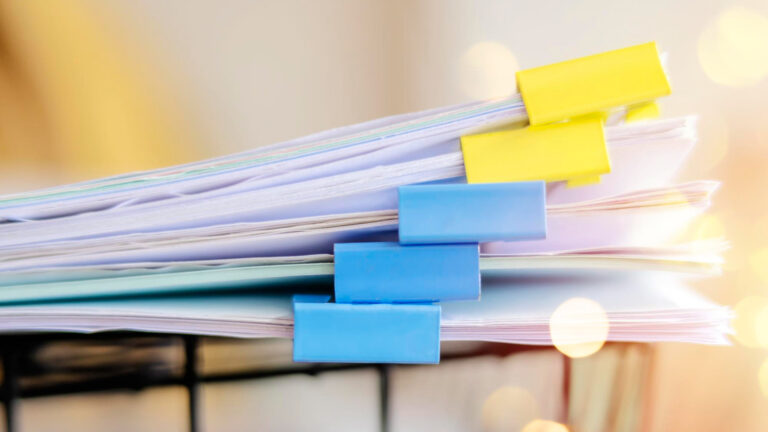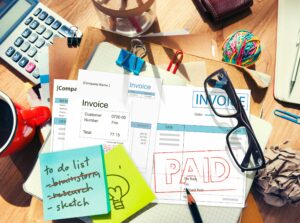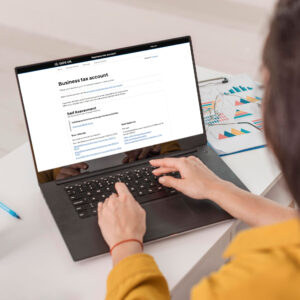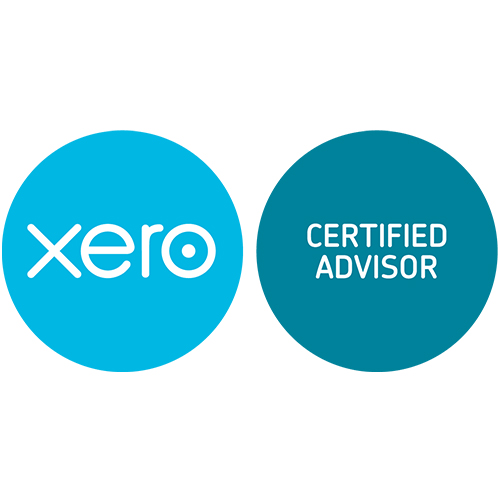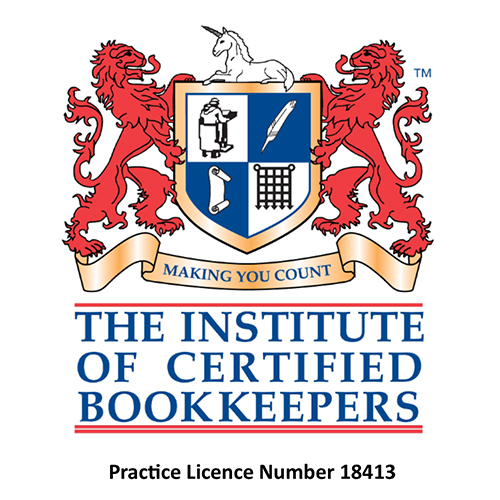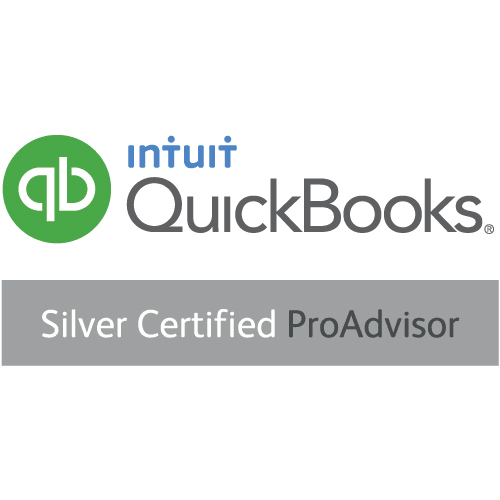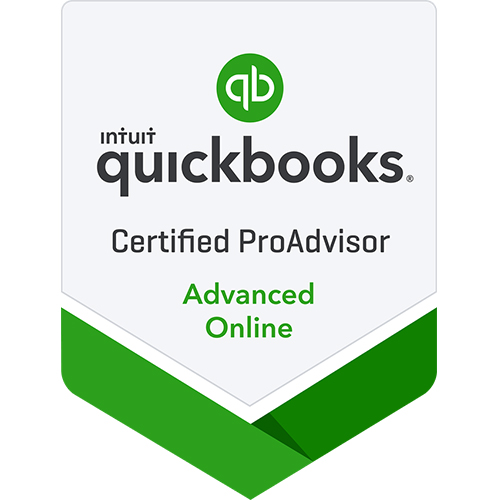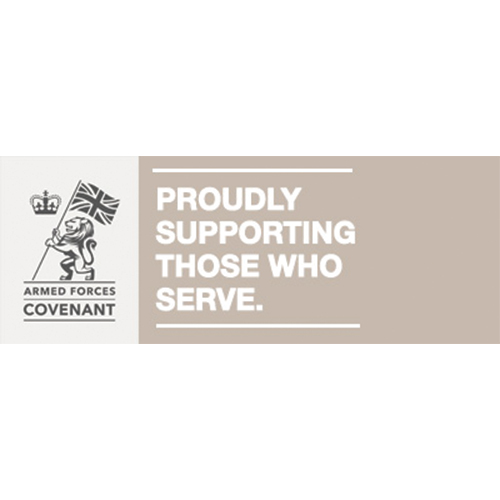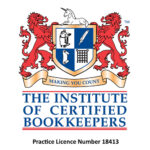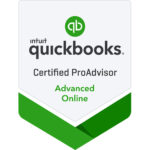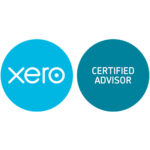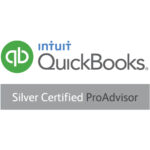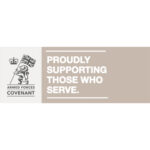How organised are you when it comes to your financial records? Be honest – do you have a stack of receipts on your desk, in your pockets or at the bottom of the bag you took to your meeting? Keeping your business receipts in order will save you time, but that’s not all. It’ll help you to keep tabs on your cash flow and the financial health of your business. Here’s how you can keep up with the paperwork and save time and stress.
Create an easily accessible storage point
We know what it’s like – you’ve had a busy week of meetings or attending a conference and the receipts have been collected in your bag or piled up on your desk. Either that or a load of digital receipts have come in by email and are sitting in your inbox waiting for attention. The easiest way to start keeping on top of them is to create a single storage point. That could be a plastic wallet on your desk or a separate email folder. Getting into the habit of dropping receipts in one place is a great start.
Check whether you need to keep the originals
You need to keep your financial records for at least 6 years, but they don’t all have to be paper documents. HMRC will accept digital versions of everything except interest documents or dividend vouchers (check with your accountant to see if any of your other records apply). That means you can scan and keep your business receipts digitally rather than hanging on to lots of little bits of paper for 6 years.
Categorise your receipts
If you’re claiming an allowable business expense you need to know what category it falls under. Does the receipt relate to travel expenses, office costs or marketing? If you have a paper receipt write the category on it so you can sort them out easily. Otherwise, come up with a list of the categories your expenses typically fall under. That’ll make life easier when you (or your bookkeeper) are preparing your books or if HMRC come to have a look at your accounts.
Create a filing system
Have you ever found yourself feeling like a headless chicken because your accountant asked you for a document or business receipt and you couldn’t find it? A decent filing system is the answer. File your receipts by category, with a folder for each type of expense. That could be in a physical or digital filing system. If you use accounting software this will often allow you to categorise and file your receipts digitally straight away, for example by taking a photo of your paper receipt and saving it via an app.
Little and often
We know that keeping your financial paperwork in order is a bit of a pain but procrastination only makes it worse. Spending a couple of minutes a day dealing with your receipts is far easier than facing a whole stack of them at the end of the month. It also means that your bookkeeper will spend more time preparing your books and less wading through paperwork trying to make sense of it.
Any questions?
When you outsource your bookkeeping to us we’ll make it easier for you to run your business. We’d love to answer any questions you have about this topic and anything else relating to your business finances. You can get in touch on our contact page or drop us a message on Facebook.


